Do you have a question about the Siemens 5SV8101-6KK and is the answer not in the manual?
Critical warnings about dangerous voltage and the need for qualified personnel.
Lists necessary tools and provides visual guide for product assembly.
Explains terminal functions and shows wiring examples.
Continues detailing terminal functions for various connections.
Specifies minimum clearance and diameter for cables routed through the transformer.
Step-by-step guide to setting the device frequency.
How to adjust the residual operating current (I∆n) for the device.
Setting the delay time parameters for tripping and alarms.
Settings for alarm threshold and delay time.
Procedures for resetting to factory settings and configuring auto-reclose for alarms.
Guide to testing alarm functions and auto-reclose settings.
Instructions for resetting the device after tripping or in error states.
Explanation of how to measure RMS values using the device.
| Product brand name | Siemens |
|---|---|
| Type | 5SV8 |
| Number of poles | 2 |
| Tripping characteristic class | B |
| Rated Residual Operating Current | 30 mA |
| Rated voltage | 230 V |
| Rated insulation voltage | 400 V |
| Type of voltage | AC |
| Insulation voltage | 400 V |
| Surge current resistance | 3 kA |
| Current limiting class | 3 |
| Breaking capacity current | 6 kA |
| Breaking capacity | 6 kA |
| Frequency | 50/60 Hz |
| Suitable for operation in networks with grounded star point | Yes |
| Width | 36 mm |
| Height | 90 mm |
| Installation depth | 70 mm |
| Number of width units | 2 |
| Mounting type | DIN rail |
| Degree of protection | IP20 |
| Rated operational voltage | 230 V AC |
| Mechanical service life (switching cycles) / typical | 10, 000 |
| Ambient temperature / during operation | -25 °C to +45 °C |
| Ambient temperature / during storage | -40 to +75 °C |
| Tightening torque | 2.5 Nm |
| Connectable conductor cross-section | 0.75 to 25 mm² |
| Tripping Type | Electromagnetic |
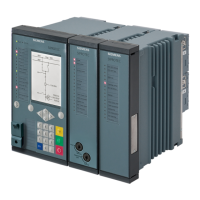
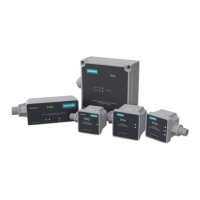
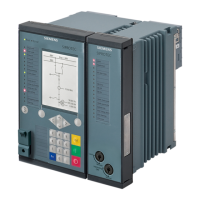

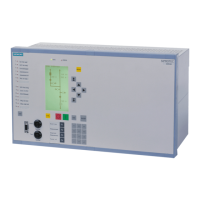
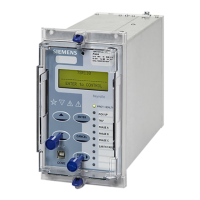
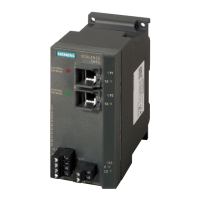
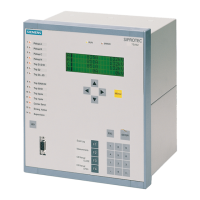
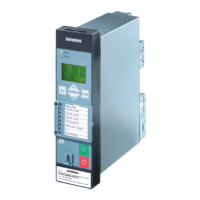
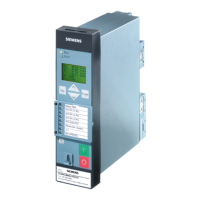
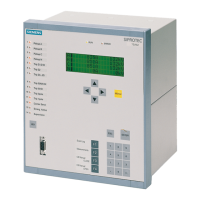
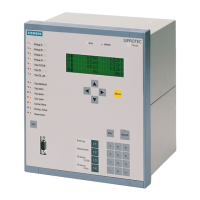
